Report: Sainsbury's Organizational Culture, Communication, Motivation
VerifiedAdded on 2023/01/19
|13
|858
|100
Report
AI Summary
This report provides an analysis of Sainsbury's organizational culture, communication, and motivation strategies. It begins with an introduction outlining the models and theories of organizational culture, communication, and motivation, including Handy's model, Edgar Schein's model, Weber's theory, and Maslow's hierarchy of needs. The report then presents primary research findings based on interviews, examining Sainsbury's approach to employee communication, decision-making, and cultural values. Secondary research supports these findings by exploring the application of these theories within the organization. The analysis covers how Sainsbury's fosters its culture through employee meetings, defined roles, and employee empowerment. It highlights how the company applies Weber's theory for structured communication. The report concludes by emphasizing the importance of organizational culture in driving success, employee trust, cooperation, and overall performance, underscoring the role of managers in shaping the organizational environment and promoting healthy competition.
1 out of 13
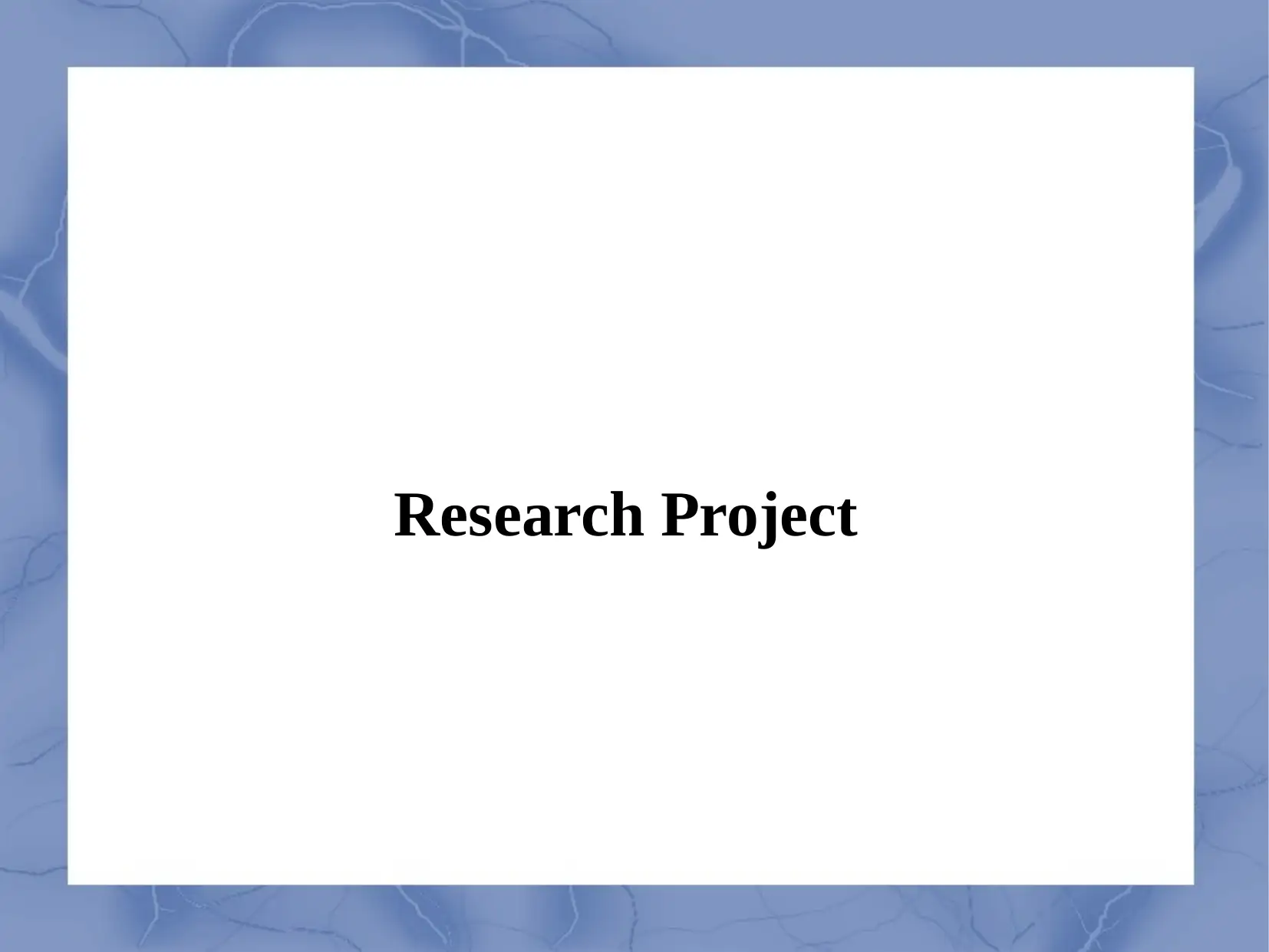
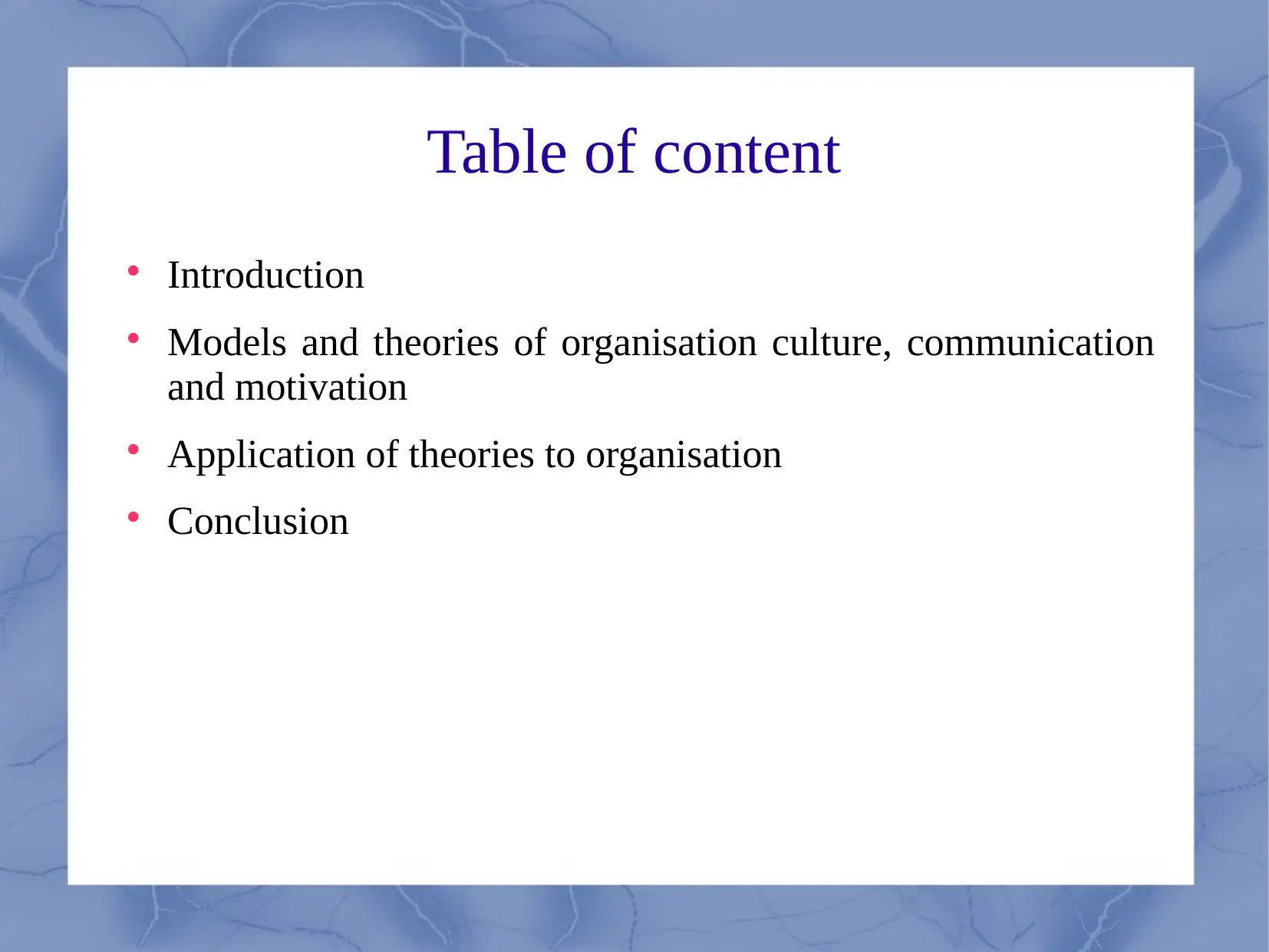
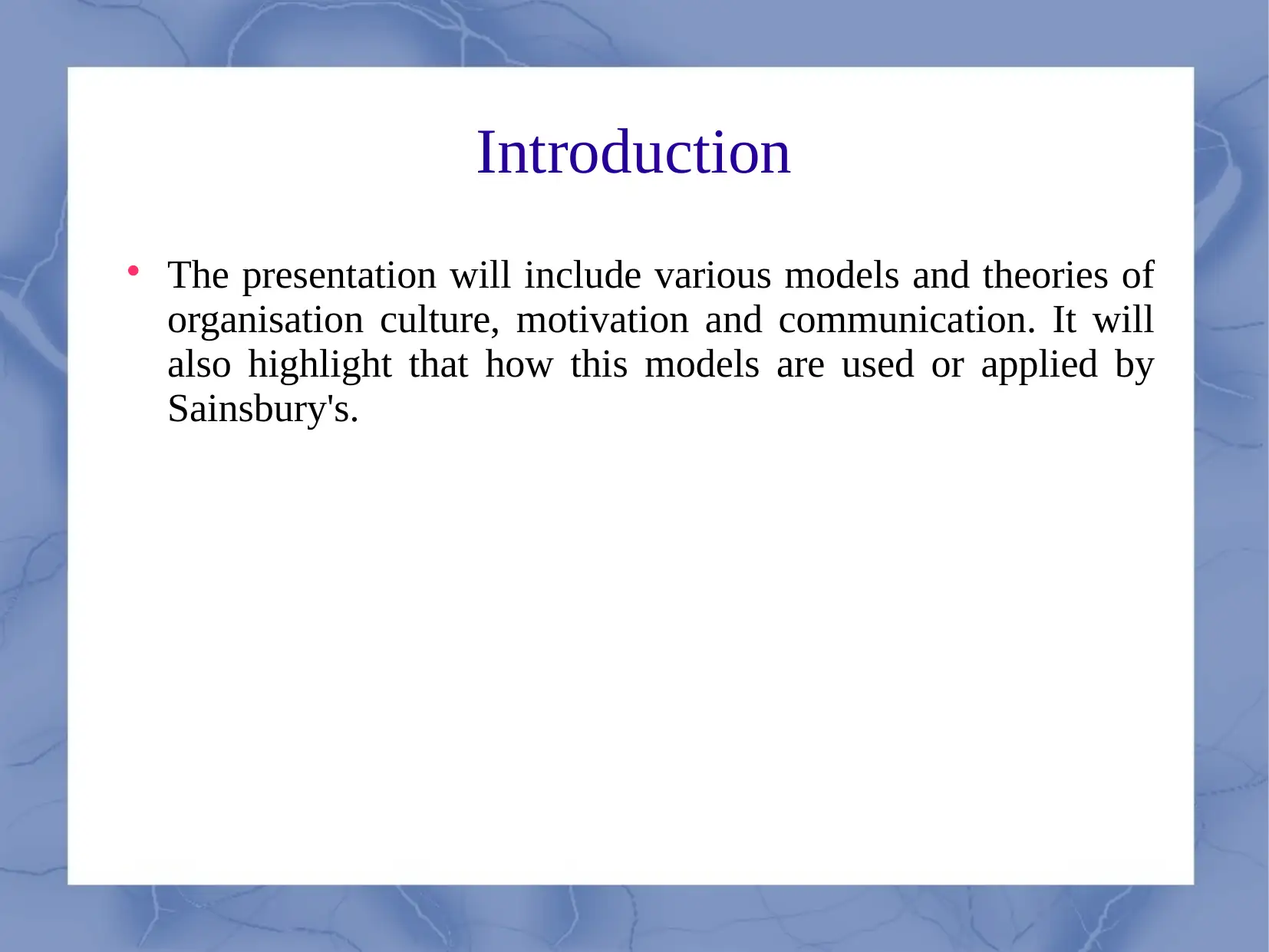

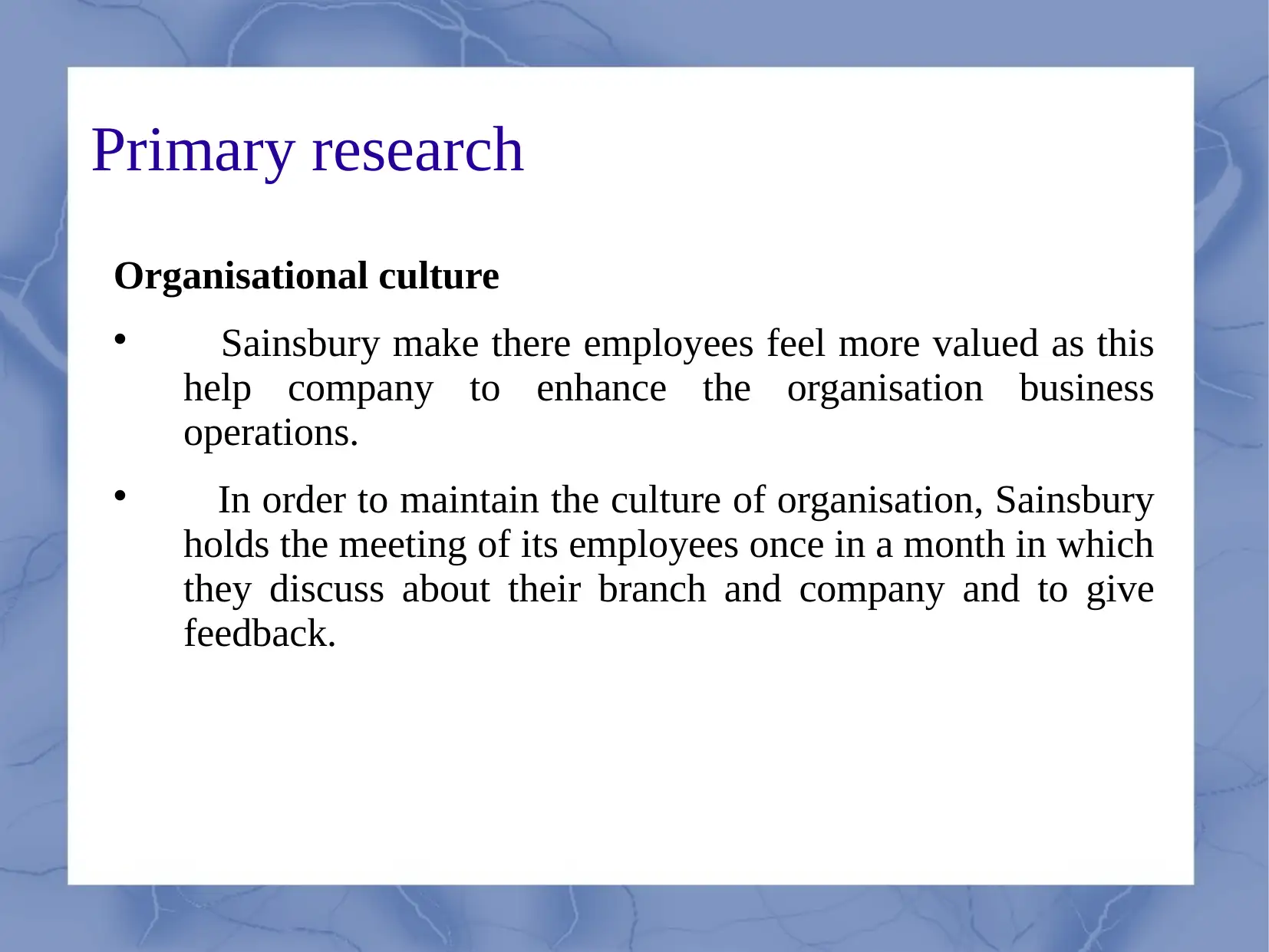
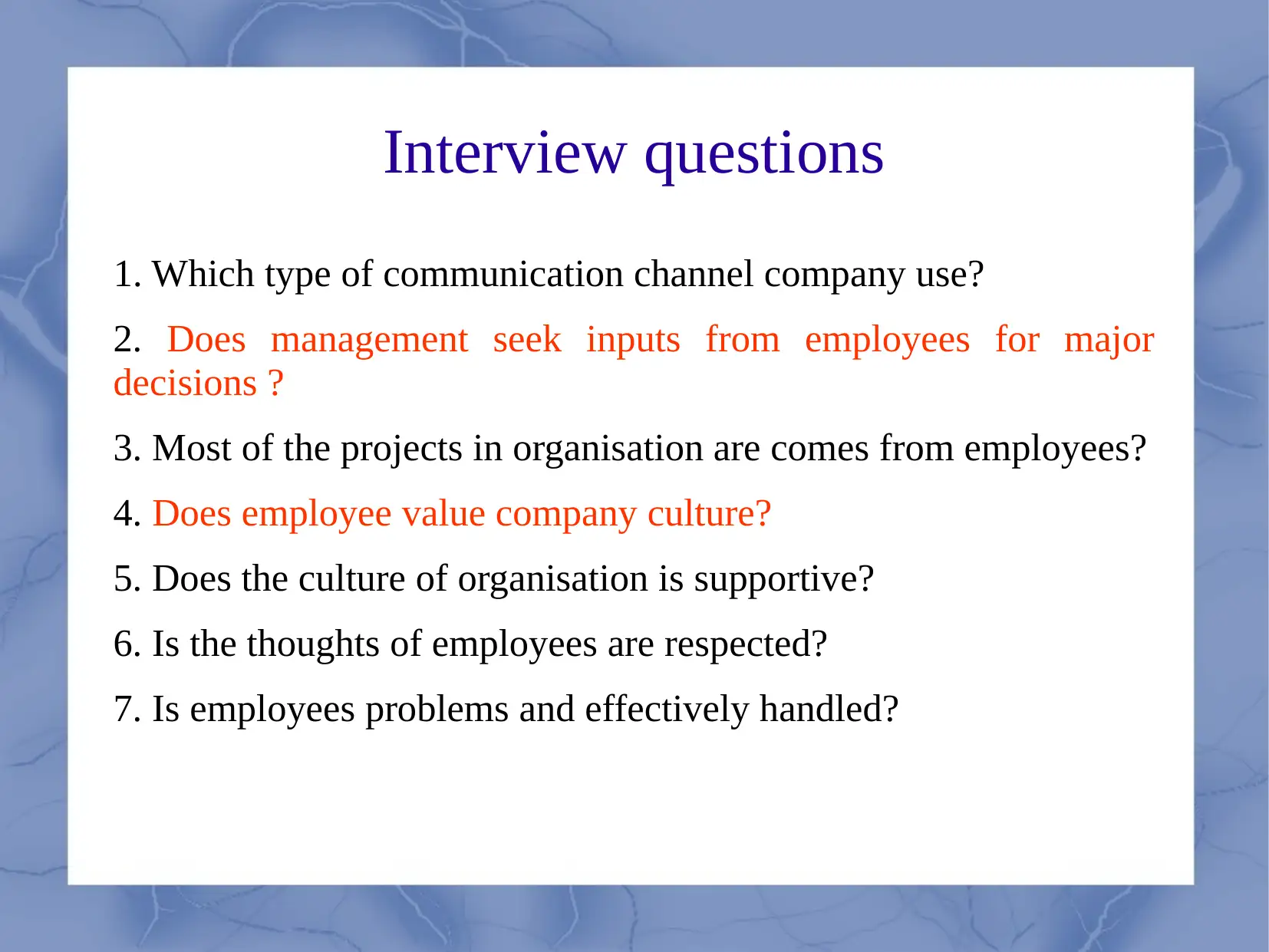
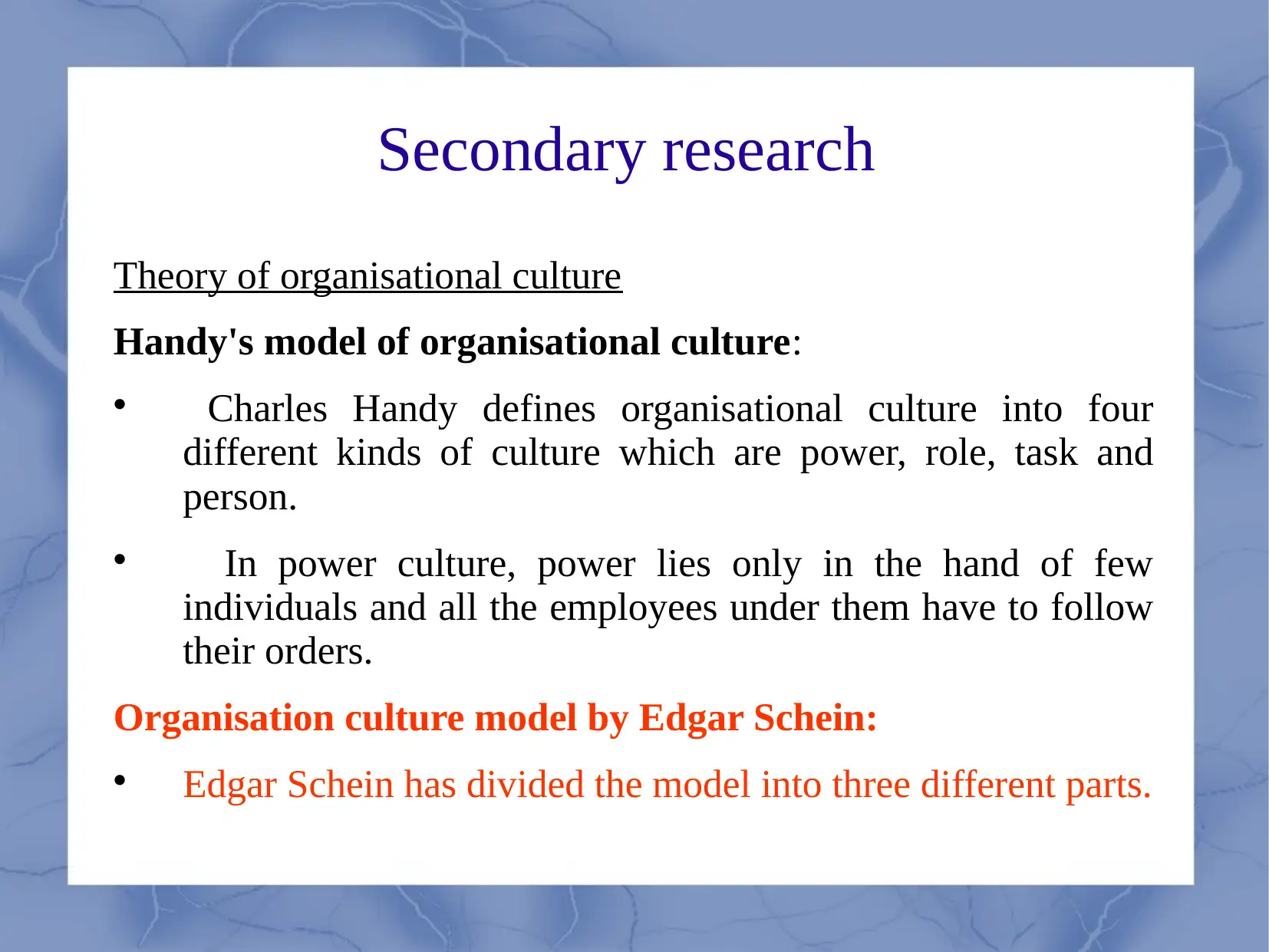
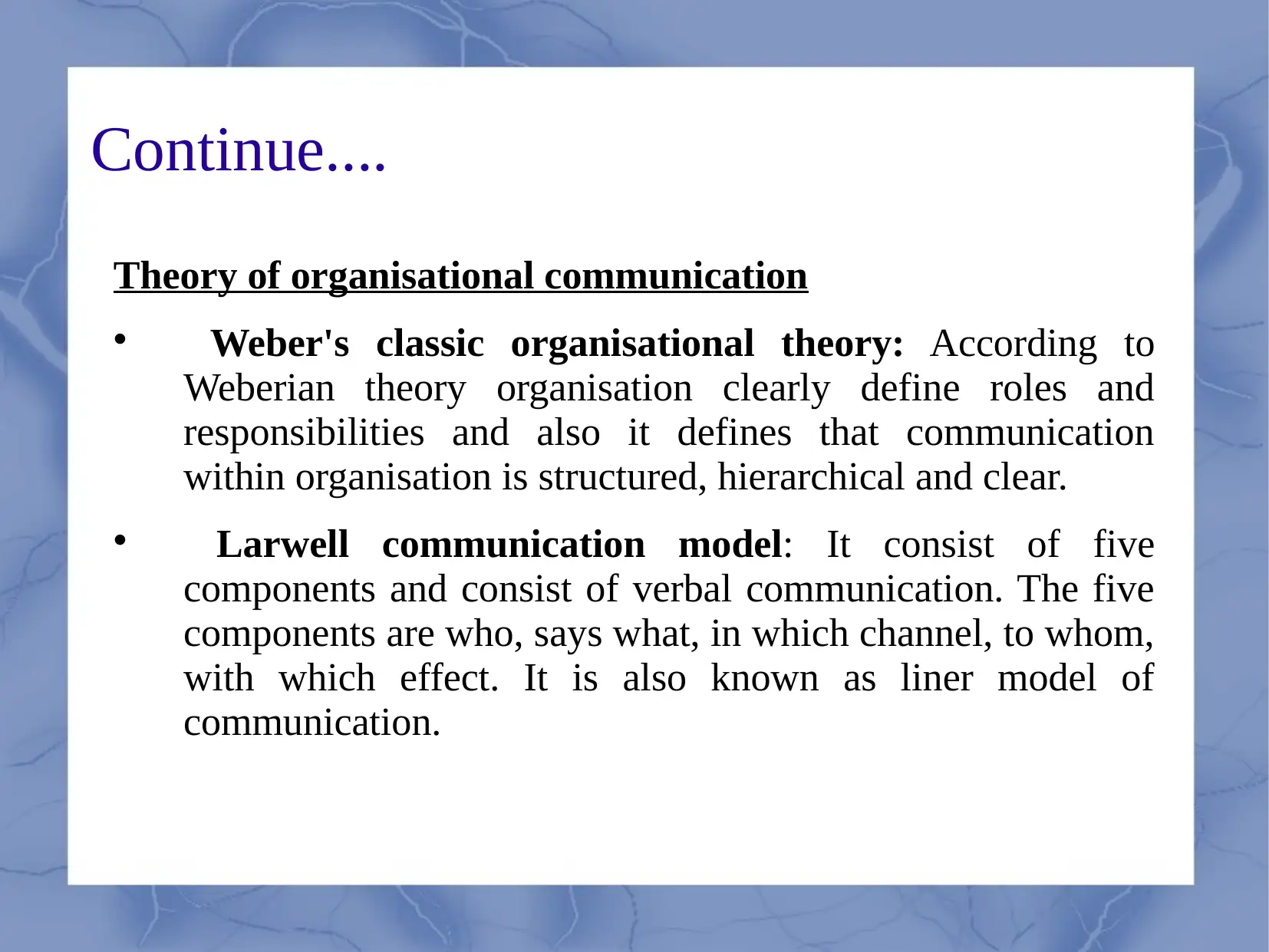
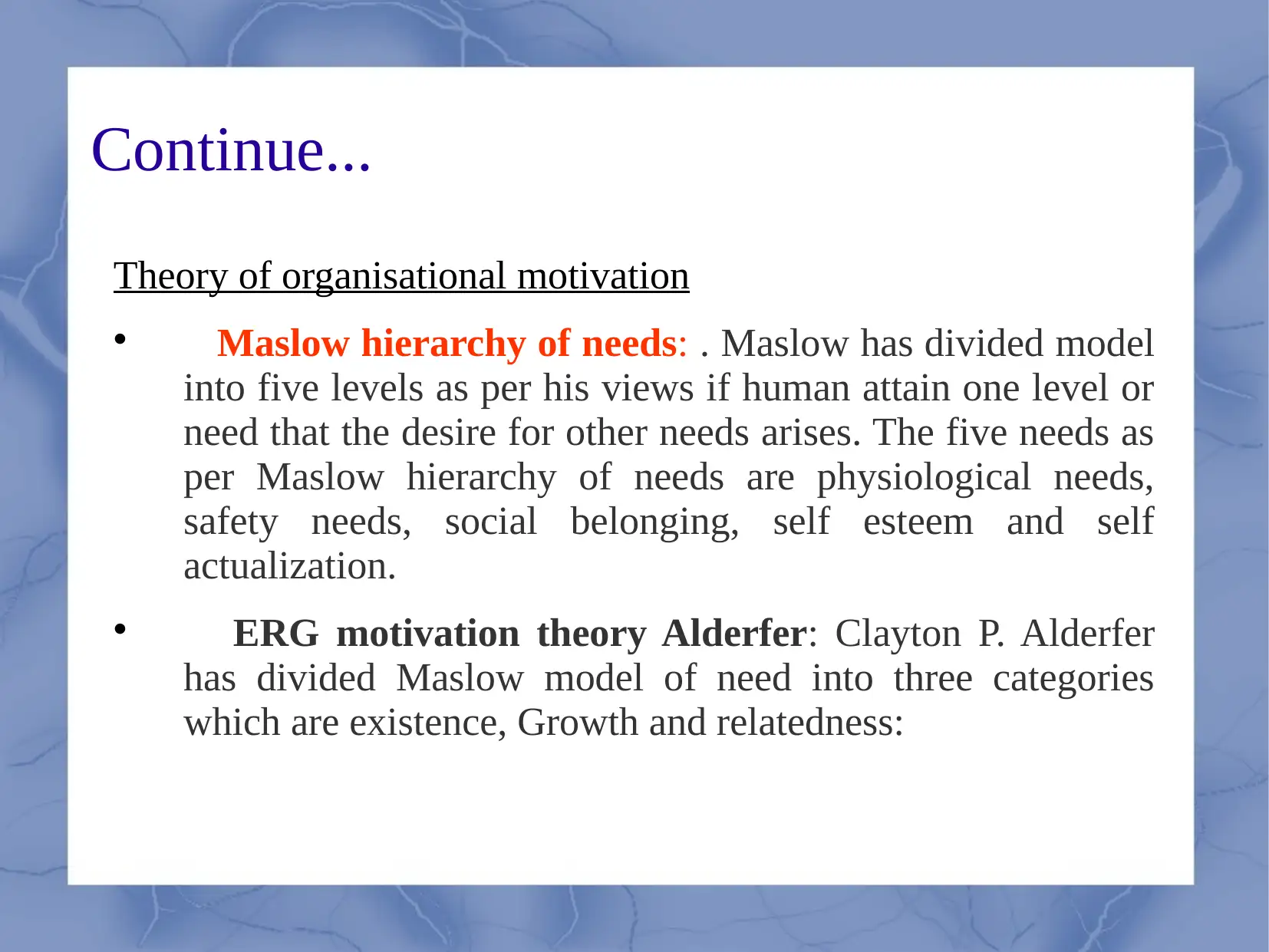
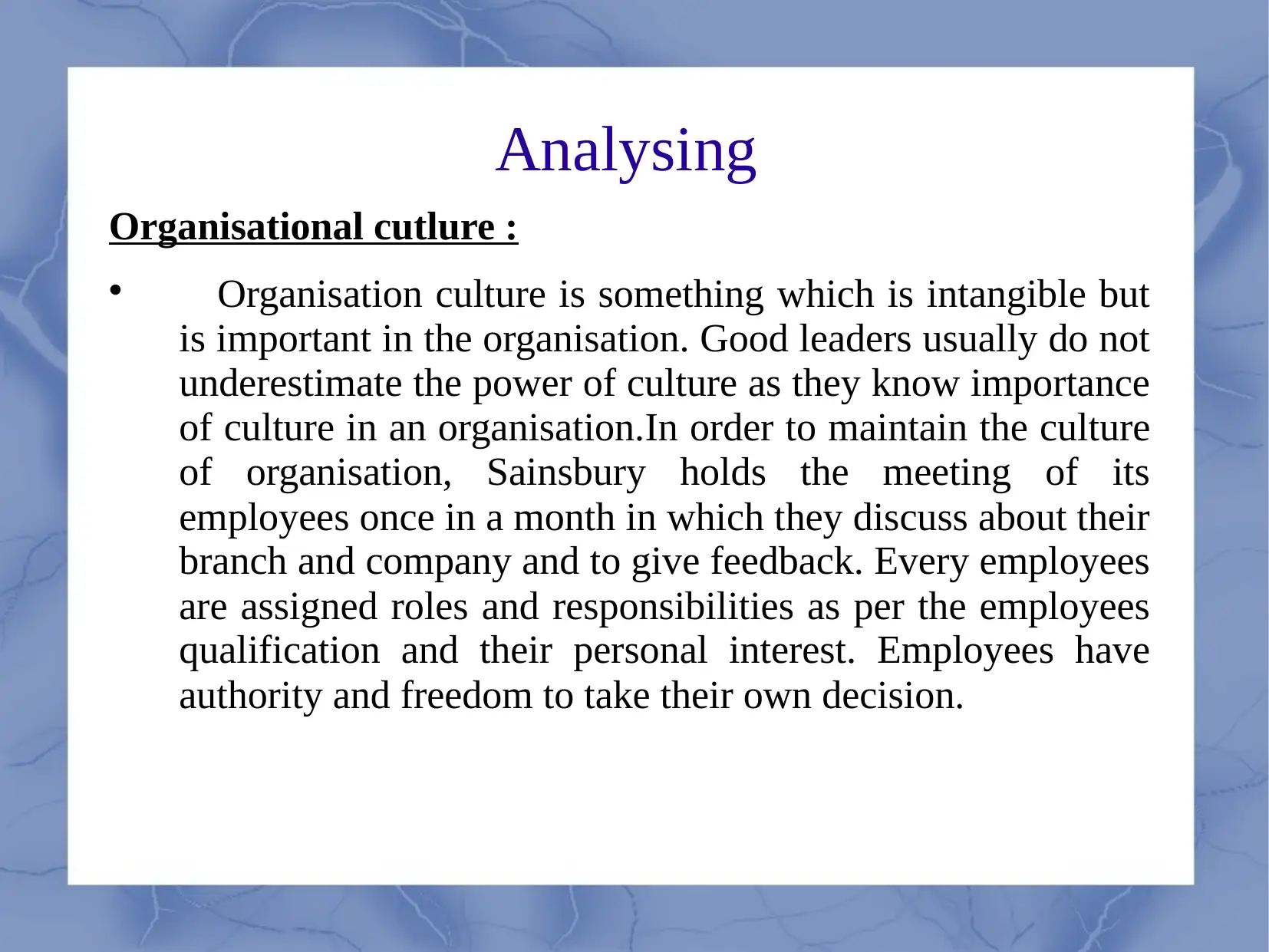
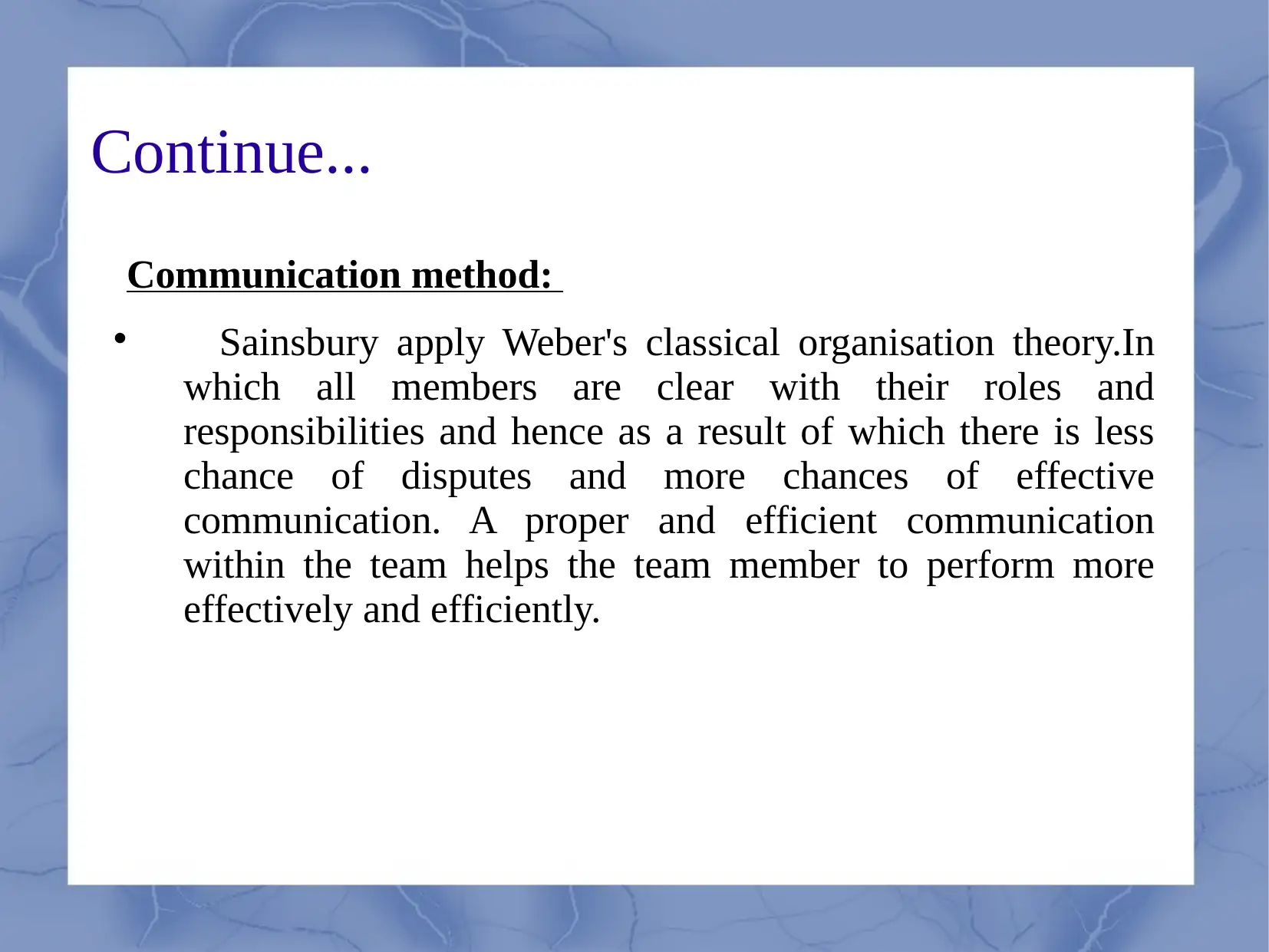
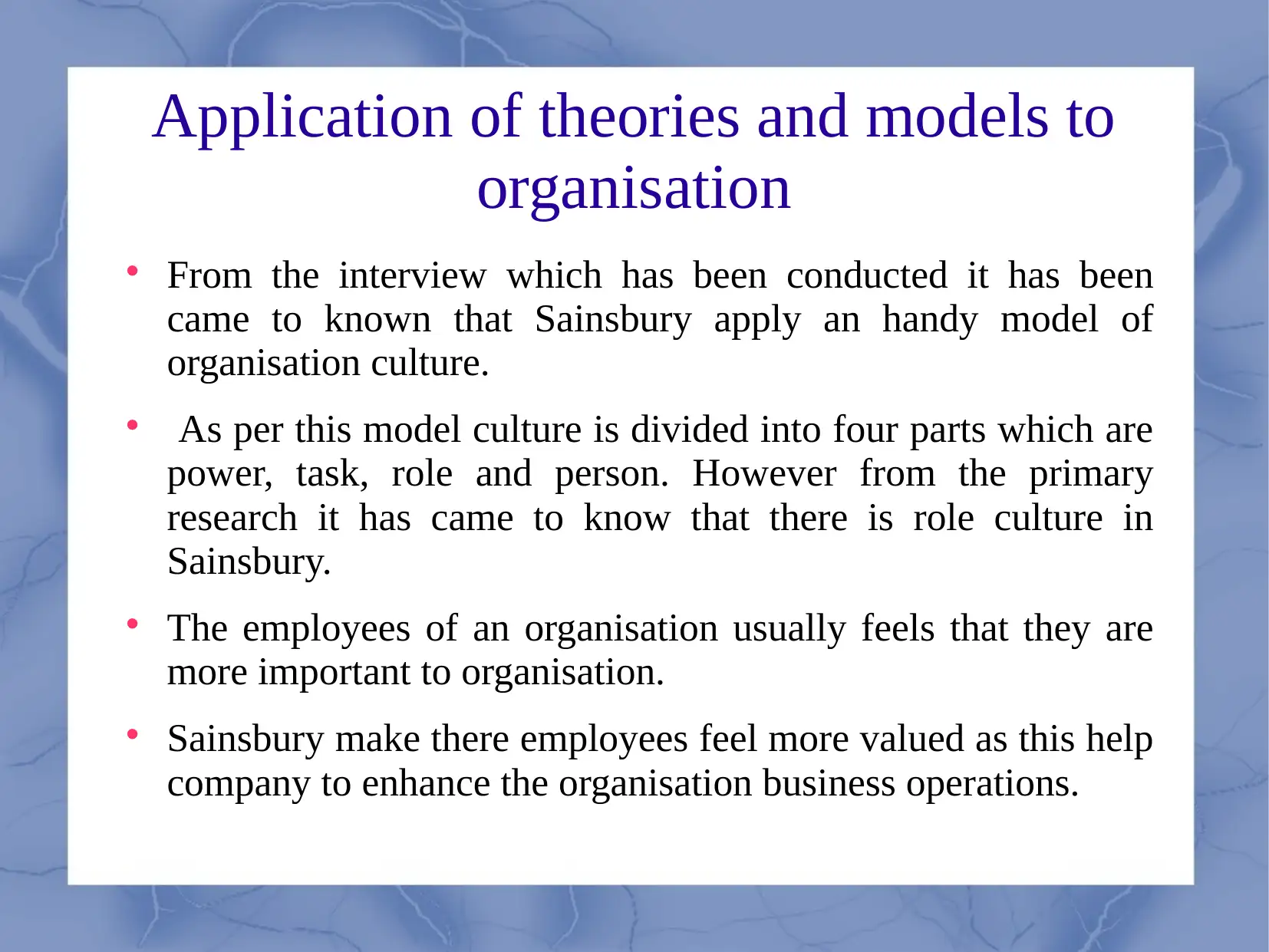
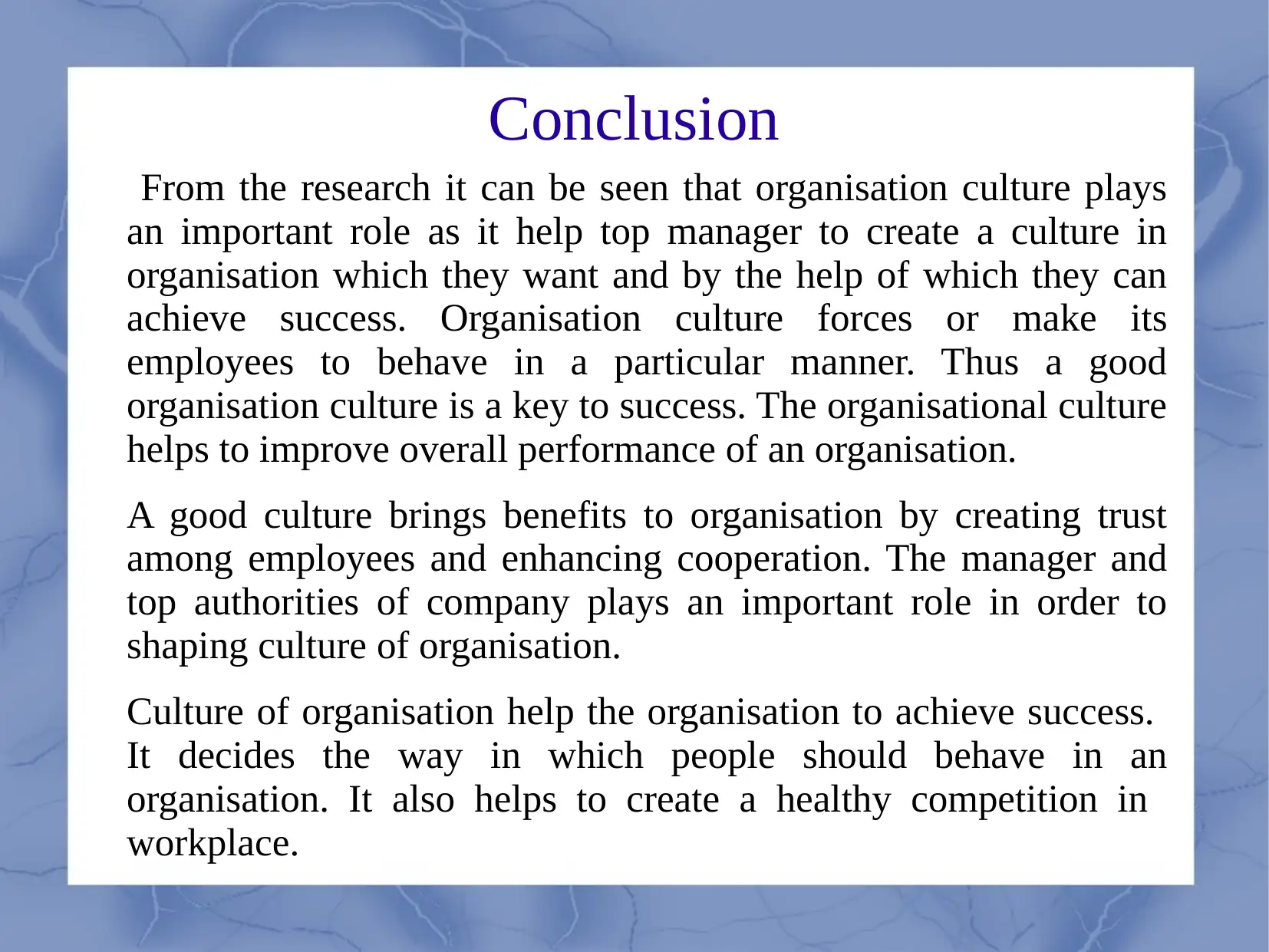






![[object Object]](/_next/static/media/star-bottom.7253800d.svg)